It is easy to use a wireless charger, but some hidden danger will be encrypted. Discuss the possible risks: electromagnetic radiation, heat-up problems, battery damage, and safety hazards. Stay safe and protect yourself from any potential dangers of wireless chargers with these essential safety precautions,
Introduction
Against the backdrop of increasingly sophisticated technology, wireless chargers appear little more than a fun component in our everyday lives. They are attractive and easily portable, and let us face it: they remove the annoyance of annoying cables. However, before we fall in love too fast with this modern luxury, we should study the unknown risks associated with wireless chargers that many consumers blindly ignore.
The Convenience Factor
Eliminating Cables
Picture this: you come home after a long day, and all you have to do is lay your smartphone on a sleek pad. No fumbling with tiny plugs or searching for the right cable. It’s not just convenient; it feels futuristic!
Charging Multiple Devices
But hey, it’s not just smartphones; you can charge your smartwatches, earbuds, and even some tablets wirelessly. This seamless experience makes wireless chargers appealing to many.
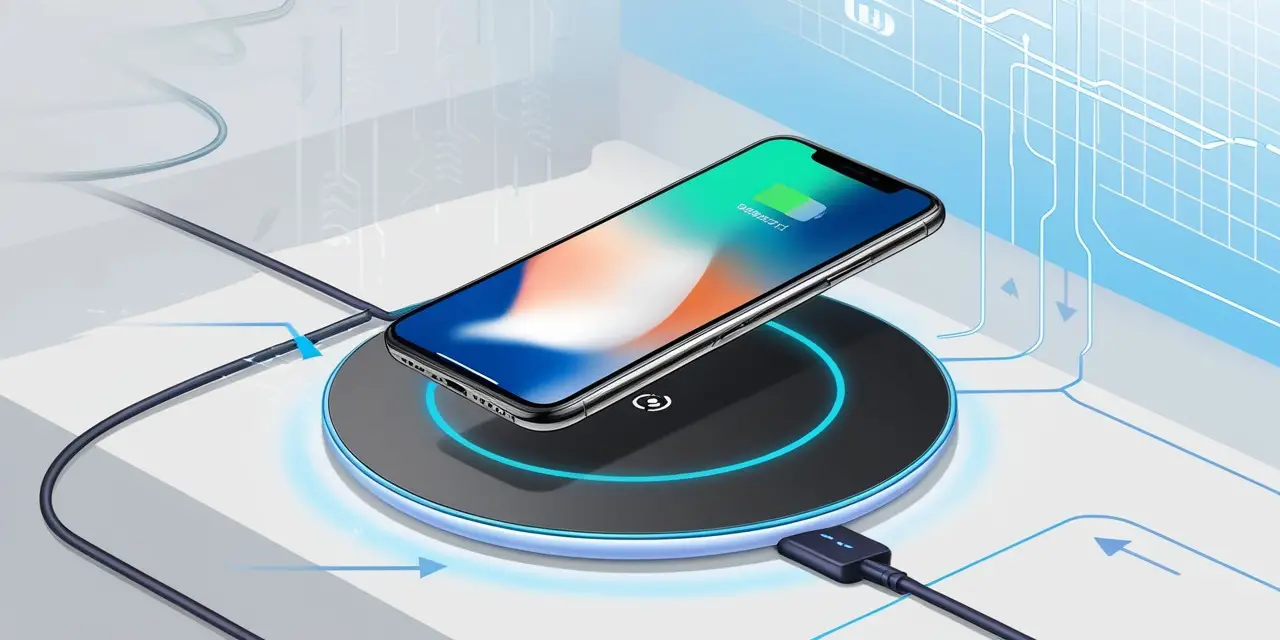
How Wireless Chargers Work
The Science Behind Induction Charging
So how does this magic happen? Wireless chargers use a method called induction charging. This involves electromagnetic fields to transfer energy from the charger to the device. It’s like magic, but with science!
Different Types of Wireless Chargers (Qi, etc.)
Most wireless chargers operate on the Qi standard, but there are other variations too. Each has its quirks regarding efficiency and compatibility.
Hidden Dangers of Wireless Chargers
Now that we’ve established how wonderfully convenient wireless charging is, let’s dive into some of the not-so-wonderful aspects.
Overheating Issues
Causes of Overheating
Overheating can be a significant issue. If your device or charger becomes too hot, it could lead to damage. Have you ever touched a device and felt it burn? Not cool, right? Overheating can result from poor-quality chargers or even simply stacking devices on one another.
Symptoms of Overheating
Keep an eye out for signs like sluggish performance or a hot back panel. Your phone shouldn’t feel like a mini oven!
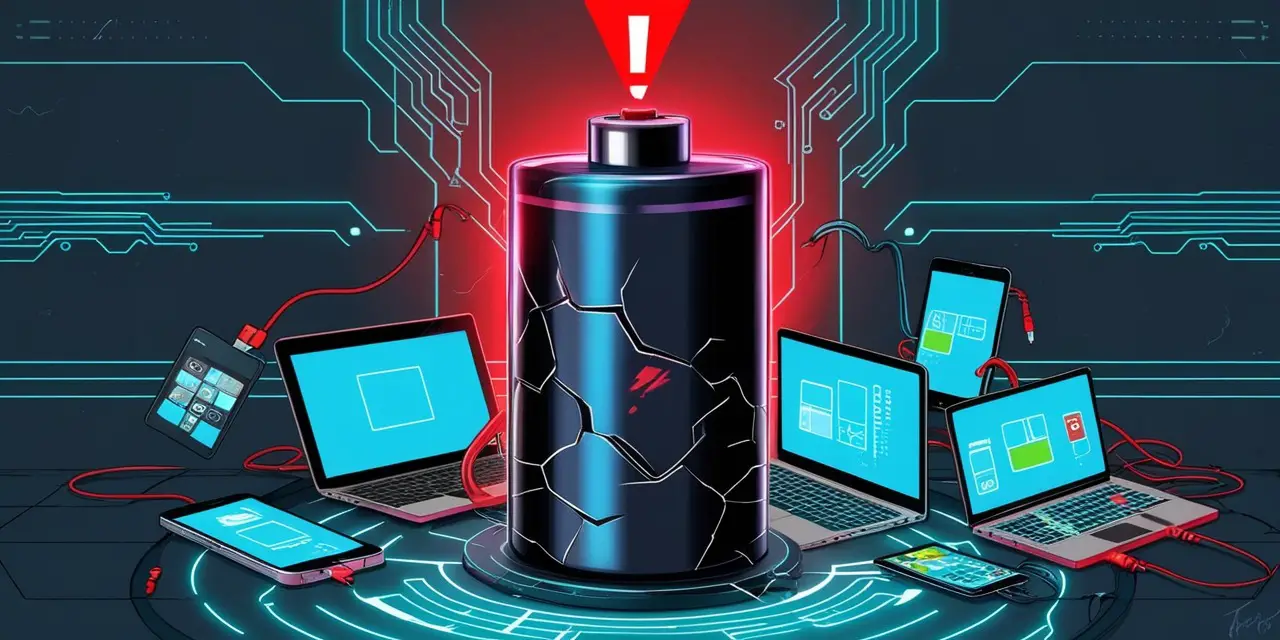
Battery Drain and Compatibility
Fast Charging vs. Standard Charging
Everyone loves fast charging. It’s a lifesaver! But did you know that it can actually drain your battery more quickly in the long run? The rapid charging process can put undue stress on the battery cells.
Electromagnetic Radiation
Is it Really Dangerous?
The term “radiation” usually sends shivers down our spines, but let’s break it down. Wireless chargers emit electromagnetic radiation, which some studies denote as a potential health risk. While more research is needed, it’s worth keeping in mind.
Impact on Device Lifespan
Effects on Battery Health
Over time, excessive heating and rapid charging can degrade battery health. It’s as if you’re running a marathon with your smartphone—eventually, it’s going to tire out.
How Excessive Heat Affects Components
But it’s not just the battery. Heat can also degrade other internal components, leading to shorter life spans for your beloved gadgets.
Safety Risks
Fire Hazards
Yes, you read that right. There’s always a tiny risk of fire when dealing with electrical devices. Low-quality chargers may pose a greater risk, so it’s essential to be cautious.
Potential for Physical Damage
Ever left your device on the charger overnight only to find it mysteriously cracked? If heat builds up, it might warp the internal structure or lead to other forms of physical damage.
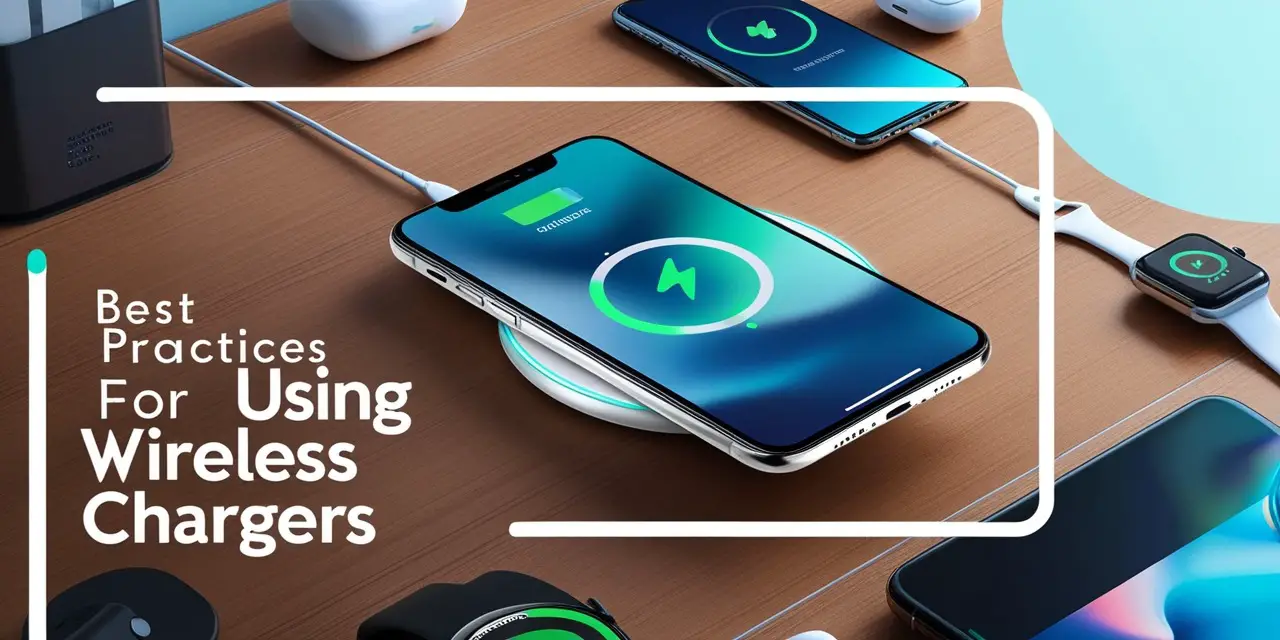
Best Practices for Using Wireless Chargers
Choosing Quality Chargers
Don’t skimp on quality; look for reputable brands. A well-made charger can save you from a world of issues.
Proper Placement of Devices
Make sure to align your device correctly on the charging pad. A little care can prevent overheating and ensure efficient charging.
Avoiding Cases That Trap Heat
If you’ve got a thick case on your smartphone, it might be time to consider taking it off when charging. Cases can trap heat, leading to all those nasty issues we’ve talked about.
Alternatives to Wireless Charging
Traditional Charging Methods
While wireless charging has its perks, traditional charging methods are still reliable. They’re less likely to cause overheating and often charge your device faster.
Emerging Charging Technologies
Did you know there are emerging charging technologies, like Air Charging or Laser Charging, aimed at eliminating some of the issues wireless charging faces? Keep an eye out; the future looks exciting!
Conclusion
There’s no denying the convenience of a wireless charger, but they come with their own set of hidden risks. These chargers can cause anything from potential overheating to affecting your device’s life span, so using them in a proper manner is really essential. Therefore, the next time you place your device on a charge pad keep these hidden dangers in mind and apply a few tips to make this process safer.
FAQs
1. Are wireless chargers safe to use?
Generally, yes, but it depends on the quality of the charger and usage habits.
2. Can wireless charging damage my phone?
If not used properly or if the charger is of poor quality, it can lead to overheating or battery damage.
3. Why does my phone heat up while using a wireless charger?
Overheating can occur due to a variety of factors, including poor placement, the quality of the charger, and even the case on your phone.
4. Should I remove my phone case while charging wirelessly?
If your case traps heat, it’s a good idea to remove it for safer charging.
5. What are the benefits of traditional charging over wireless charging?
Traditional charging often provides a cooler charge and is typically faster, reducing the risk of overheating.

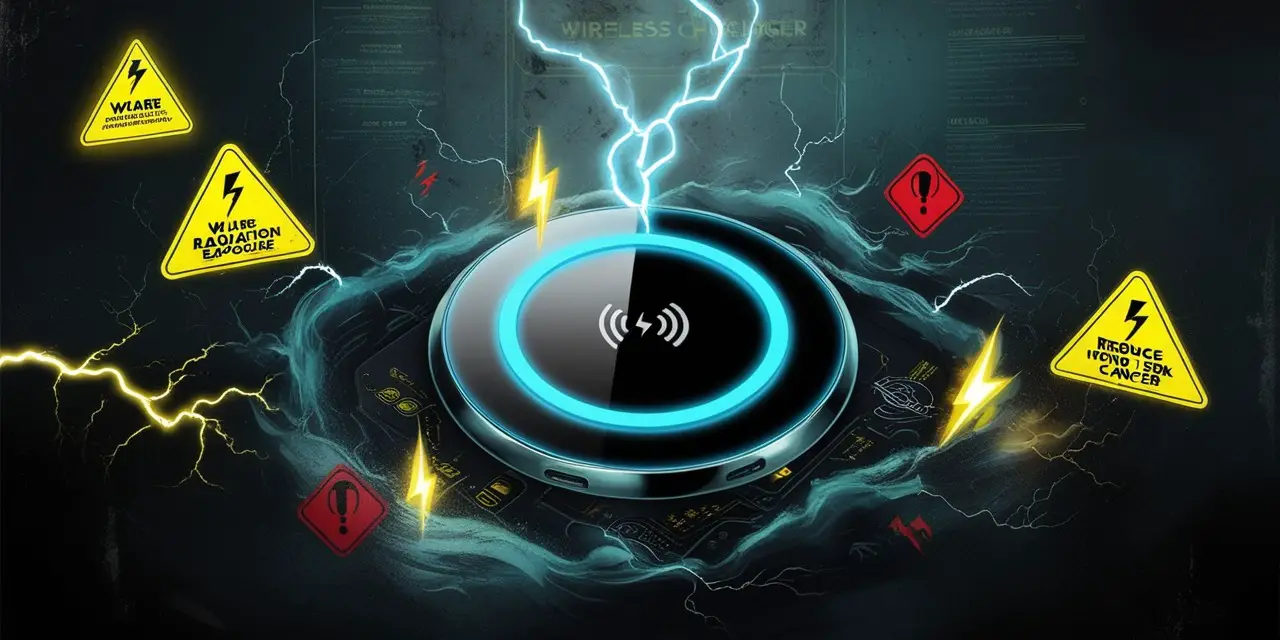

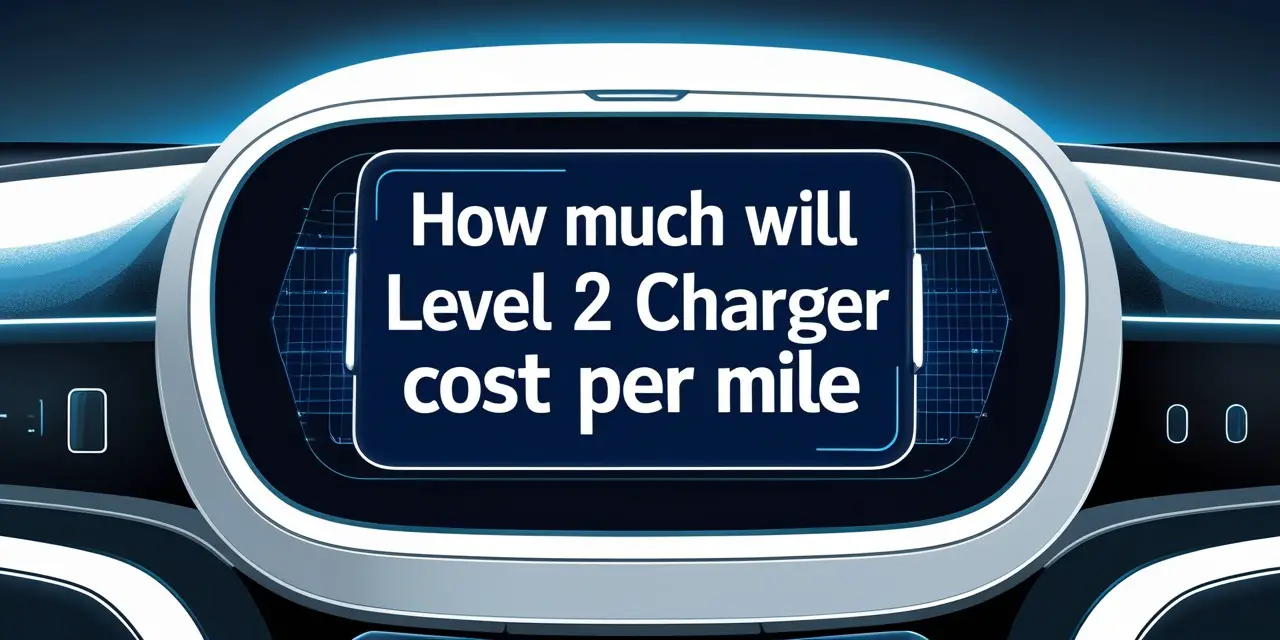
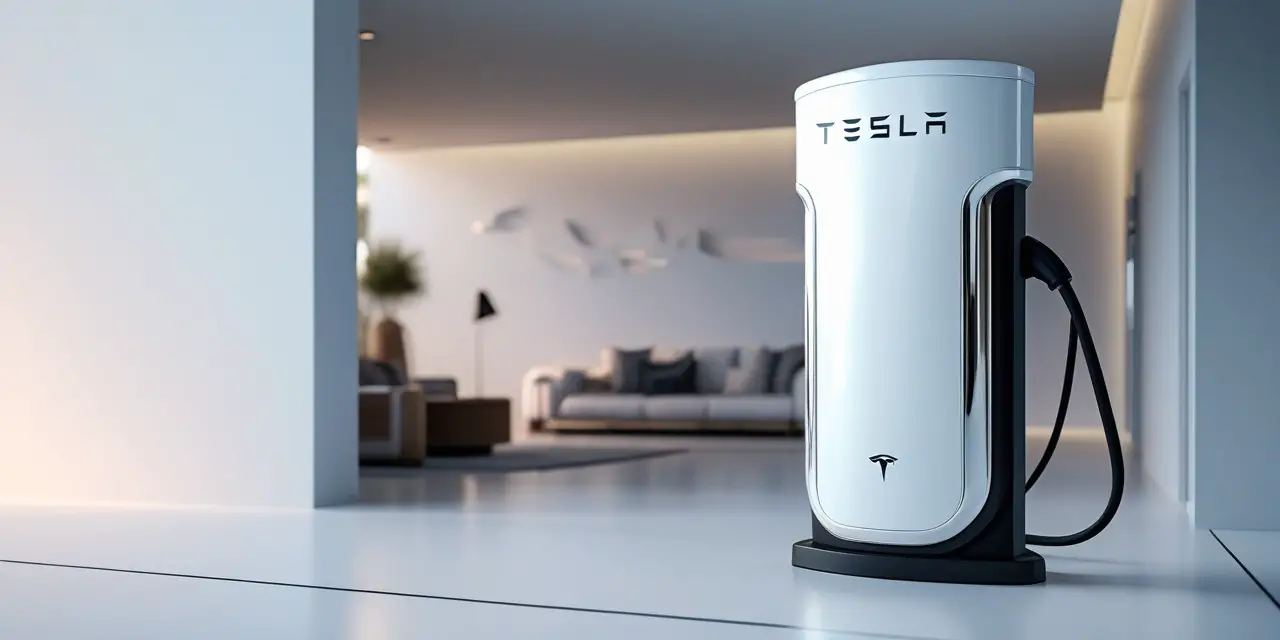
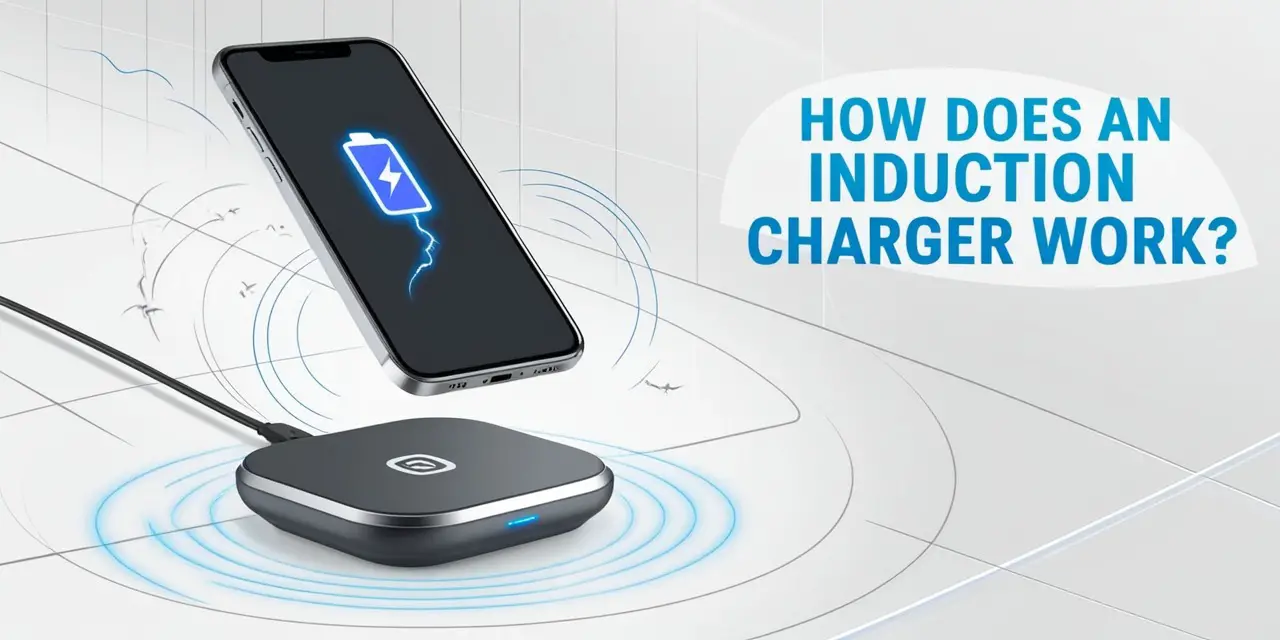
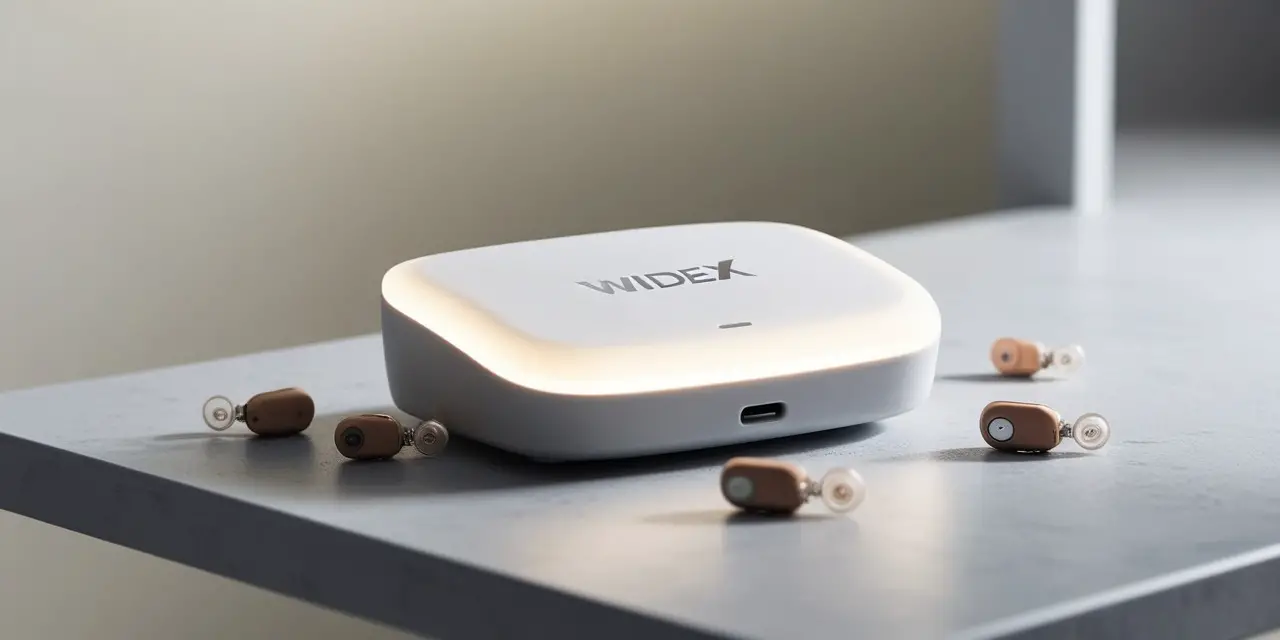
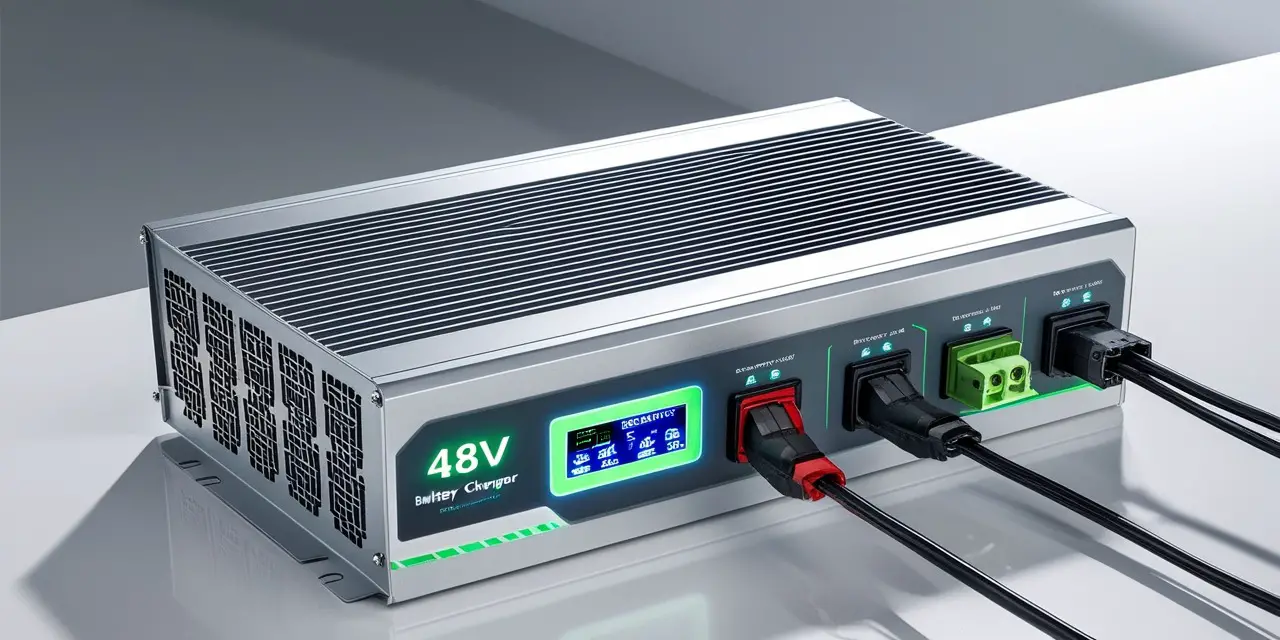
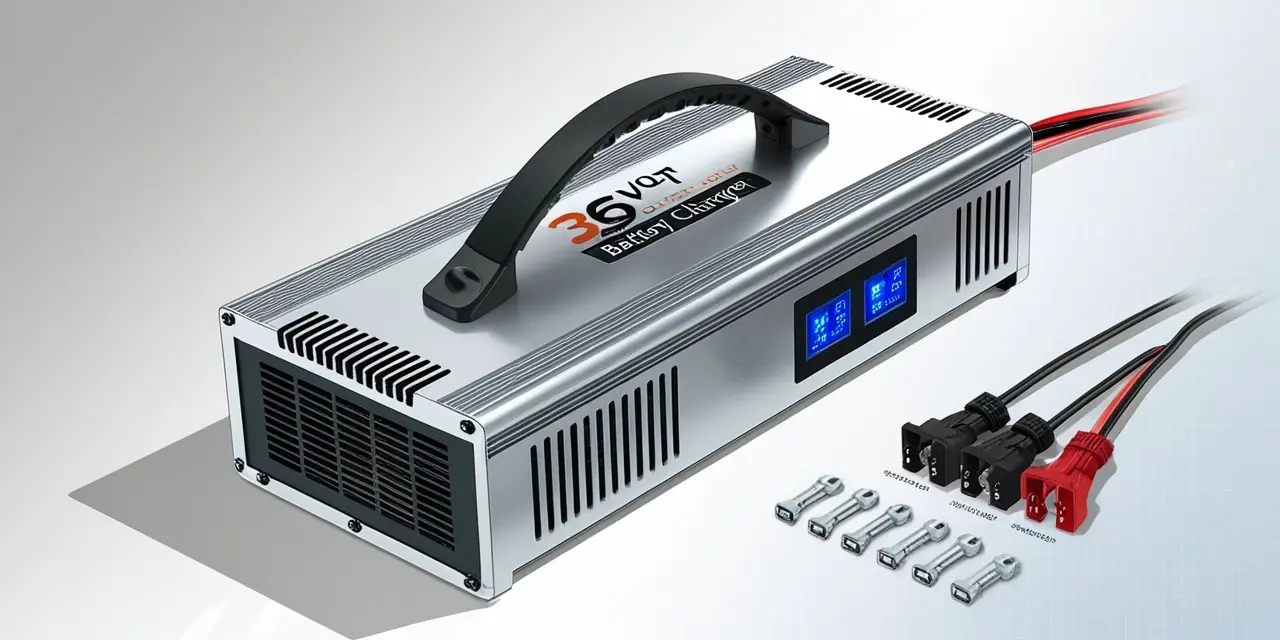
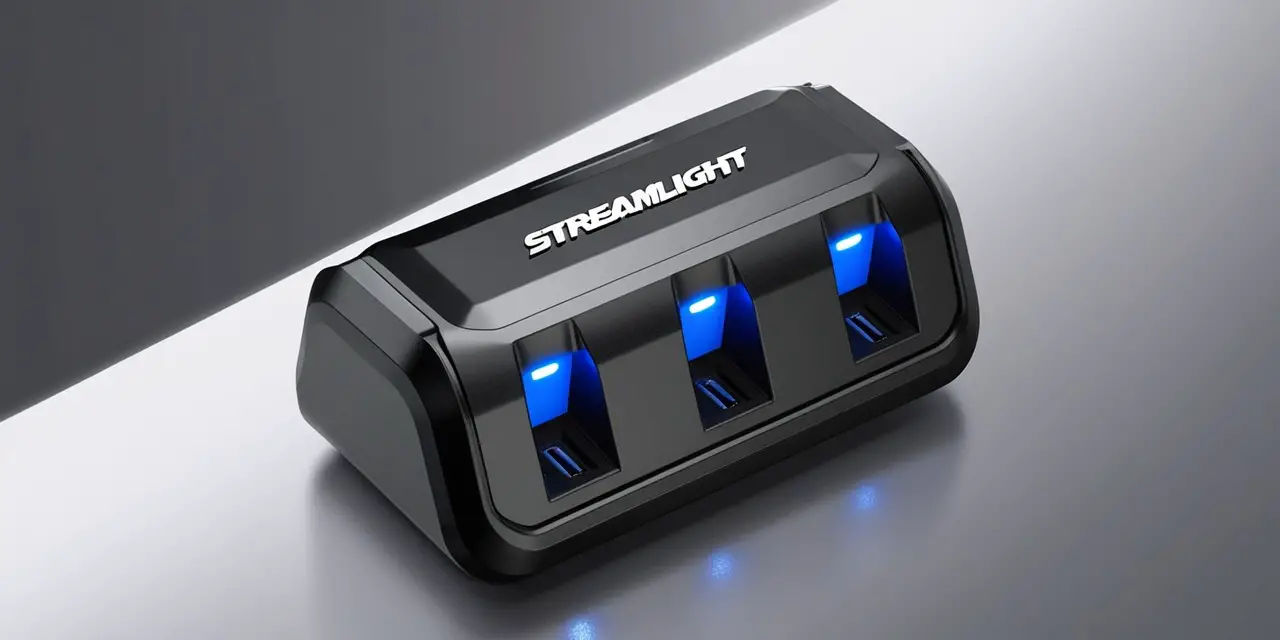
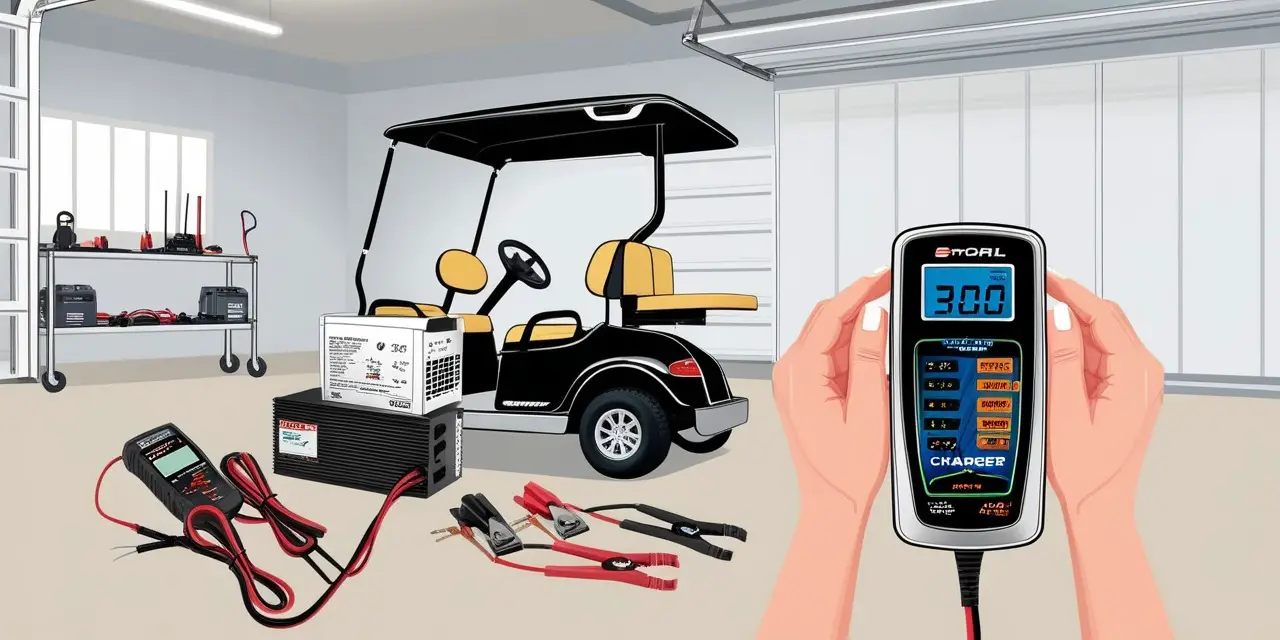

Leave a Reply